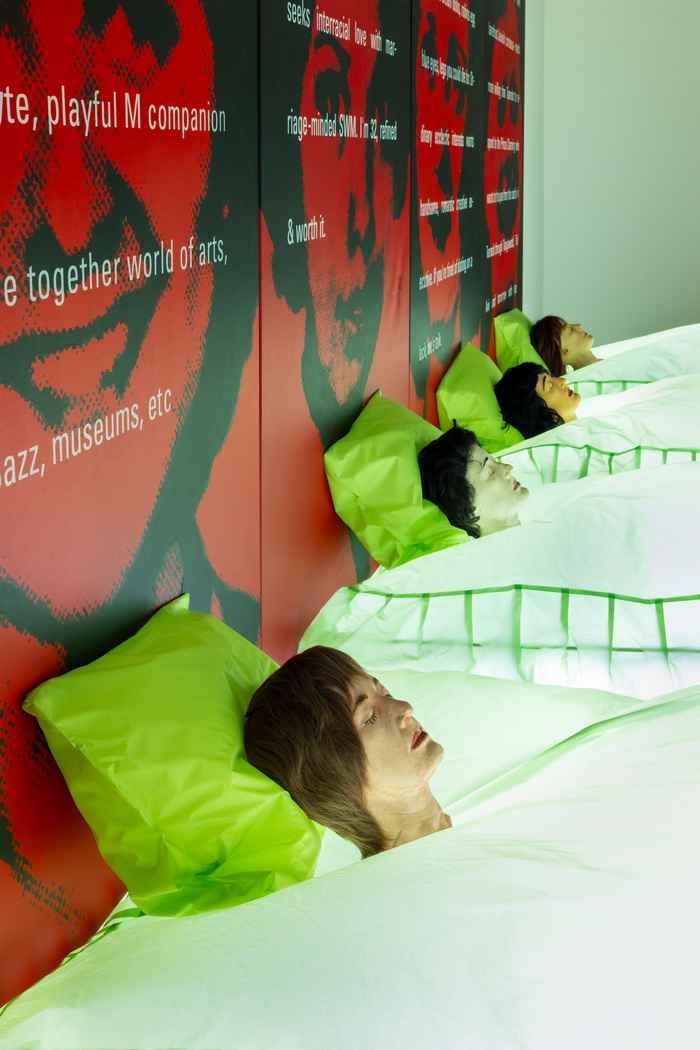Comeback for Sleeping Beauties, restoration project in collaboration with the University of Amsterdam
18 November 2025

In addition to a technical analysis of the materials used by the Cultural Heritage Agency of the Netherlands, two interviews were important research components for deciding on the conservation strategy. One interview was a so-called “stakeholder” interview during a visit to the artwork in storage with experts: the artist, curators from both the Bonnefantenmuseum and Museum Arnhem, the team leader of collection management and external conservators of modern and contemporary art Marieke Kruithof, UvA alumna, and Sanneke Stigter from the Capacity Group for Conservation and Restoration of Cultural Heritage.
This exploration formed the basis for the research plan and was supplemented with an artist interview to delve deeper into the intention of the work in relation to its installation and the creative process. The latter was important for the reconstruction of the missing head, which would also provide knowledge for any future measures related to the vulnerability of the used plastics for the heads, polyurethane and latex.
The research and conservation were carried out with generous support of the Vereniging Rembrandt and Helze Fonds.
For more information about the exhibition, click on this link.